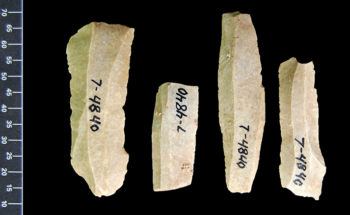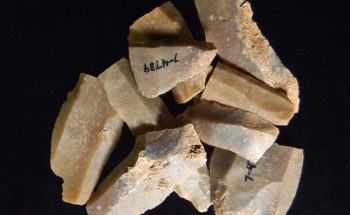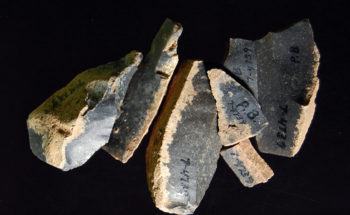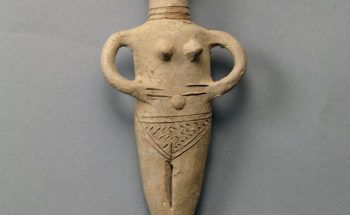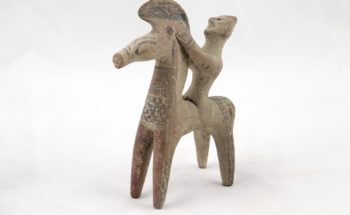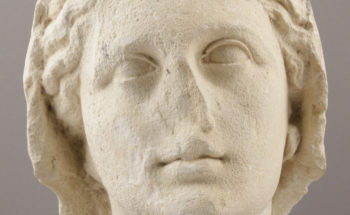Europe
Throughout its history, the Hearst Museum has had a distinctive collecting strength in Western civilizations which resulted in significant collections from Europe and Russia. This emphasis clearly was begun by the many donations from Phoebe Hearst and, in turn, they became a foundation for later collecting, especially with the parallel collection of the University’s Decorative Art/Design Department, which came to the Hearst Museum after the department was closed in 1974.
One of the most important European collection is the Swedish folk art collected for Phoebe Hearst by Swedish-American physician Axel O. Lindstrom in 1902. Textiles are another strength of the European collections, including Paisley shawls collected by Phoebe Hearst, Aegean embroideries collected by Henrietta Brewer in the 1940s, and clothing collected by several anthropologists in the former Yugoslavia during the 1960s and 1970s. Also well-represented are ceramics from most European countries, especially from late-18th century England. The European collections also include French miniature paintings, Italian watercolors and etchings, and Russian icons.
The Museum has small collections from many important caves in the French Pyrenees, like La Ferrassie, Le Moustier, and Puy de Lacan. Additional collections originated from Portugal, England and Italy.
Visit the Phoebe Hearst Collections to learn more about the Museum’s Ancient Mediterranean Collection.
